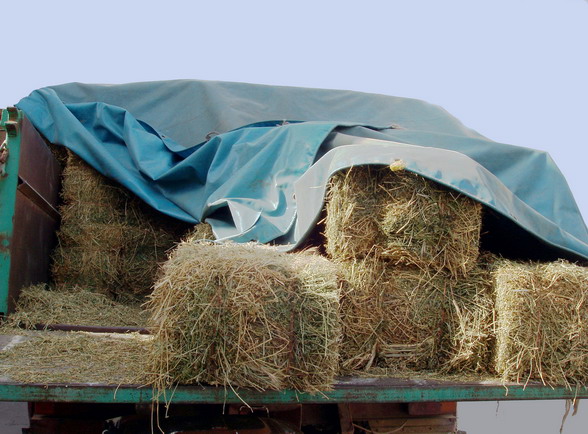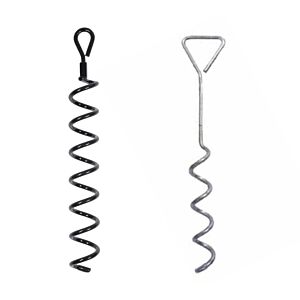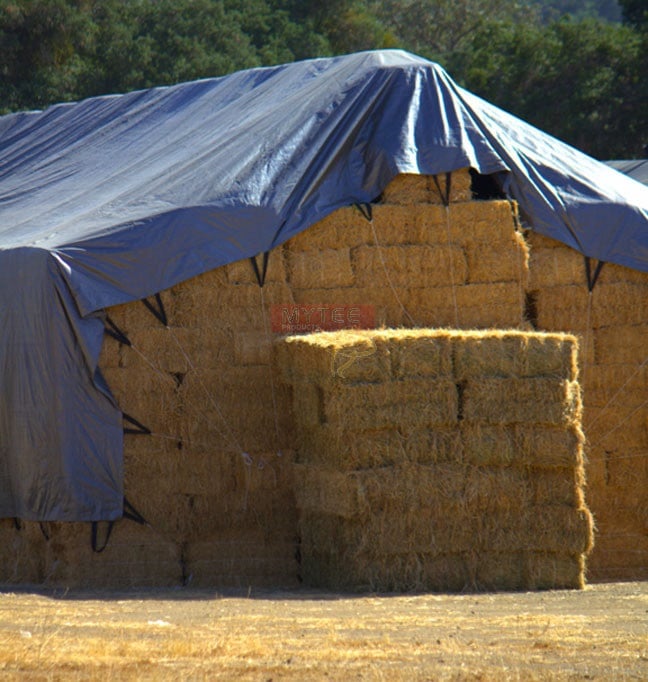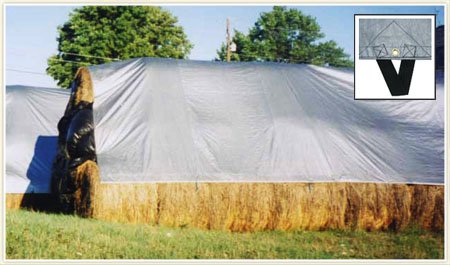In a previous blog post, we talked about using hay tarps to cover seed cotton. If you read that post, you might remember that tarping seed cotton is very similar to tarping hay – both in practice and in terms of the reasons why you might choose to use hay tarps in farming. We even talked about things such as wind and moisture. The one thing we did not address in that post is air circulation.
When it comes to deciding whether to use hay tarps or not, the underlying concern is mold. It doesn’t matter whether you are working with hay, seed cotton, or any other agricultural product, mold growth reduces profitability by reducing some of your stock to waste. The whole point of tarping is to prevent as much waste as possible. This requires a two-pronged approach that considers both moisture and air circulation.
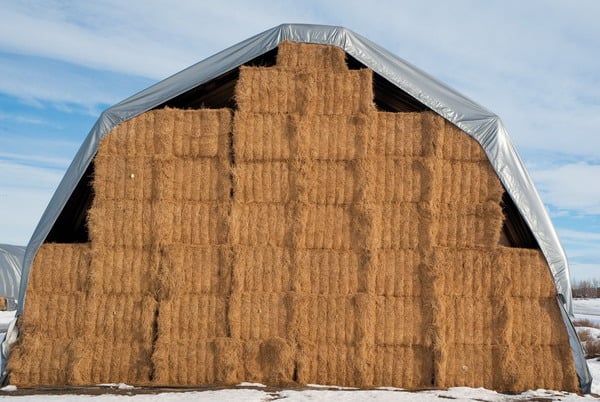
Moisture Content in Hay and Cotton
Harvesting both hay and seed cotton starts a reaction in the grain that causes it to release moisture. Because moisture can promote mold growth, common sense would dictate creating some sort of way to release that moisture into the surrounding air without allowing it to be trapped under the tarp. Therein lies the challenge.
When you lay a hay tarp directly over bales of hay or cotton with nothing in between, you are limiting the ability of the product to ‘breathe’. In fact, this is exactly the reason hay tarps are considered superior to standard blue tarps for protecting agricultural products. Hay tarps are made with breathable fabrics where blue tarps are less breathable by virtue of being constructed of poly or vinyl materials.
The challenge for the farmer is to figure out that proper balance. In some climates that do not see excessive rain during the summer months, it is possible to get away with simply laying a hay tarp across a bale and securing it to the ground with stakes. The hay tarps in farming itself should provide enough room to do the trick. That may not be the case in locations that get excessive rain or suffer from high levels of humidity.
Both excessive rain and high humidity interrupt the process of evaporation. In such an environment, the farmer may have to find a way to support the hay tarp in order to create a little bit of space between the top of the bale and the tarp fabric. This can be accomplished with small blocks of wood, old tires, or just about anything else the farmer can find to act as a prop.
Create a Tarp Frame
Another way to address the air circulation issue is to create a frame on which the hay tarps will rest. A simple ‘A’ frame can be constructed with some rope and a few stakes pounded into the ground. Of course, a farmer can get more sophisticated by building a frame out of aluminum or steel that is heavy enough to be self-supporting. Such a frame is essentially a carport for hay or seed cotton.

We have also seen some farmers create open-air pens using cinder blocks. Turned sideways, the cinder blocks allow for plenty of air circulation while several hay tarps laid over the top keeps rain from coming in direct contact with the product underneath.
Suffice it to say there are a lot of creative ways to address the air circulation problem when covering hay or seed cotton. At the very least, purpose built hay tarps should be used rather than blue tarps. The hay tarps we carry here at Mytee Products are the right tools specifically designed to do the job right.


